Fear of heights is one of the most common phobias. With an estimated 3 percent to 5 percent of the population suffering so-called acrophobia. Acrophobia is a mental health condition in which the individual experiences an intense fear of heights. It’s a type of anxiety disorder. A person with acrophobia experiences intense fear and anxiety when they think of tall heights or are positioned at a significant height.
“People with severe acrophobia can be unable to stand on a chair without panicking, let alone go to a rooftop party! Fear of heights becomes a problem when it is extreme, causing distress and interfering with your life. In this case, we might start to talk about a specific phobia, which is an intense, incapacitating fear of one particular thing, such as heights, spiders, or bodies of water. In the case of acrophobia, this generally leads to avoidance of anything above the ground floor—elevators, multi-story malls, office buildings, flying, hiking, etc.”
So let me just tell you this post is an informal test to see if your gut is capable of handling extreme ledges and intense highs. Think of climbers, adventurers, and thrill-seekers who live for the feeling of getting above the clouds.
#1 Looking Down At Rio De Janeiro

Francis Merson, clinical psychologist and founder of the Paris Psychology Centre, told us that fear of heights, or acrophobia, is quite common, affecting around 5% of the population, with women slightly more likely to be acrophobic than men.
“As is often the case with phobias, fear of heights taps into an ancient fear response, which has evolved to help keep us safe from a basic existential threat—falling from a great height. Our human or pre-human ancestors who had no fear of heights would have been more likely to expose themselves to danger, while those afraid of heights were more likely to survive and pass on their genetic material to us,” the clinical psychologist explained. This means that a fear of heights is something most of us have inherited as part of our genetic hardware.
#2 Matt Bush Hanging Five On The First Freesolo Ascent Of ‘Heaven On Earth’. Photo By Micky Wiswedel

#3 A Moist, Steep Staircase In India
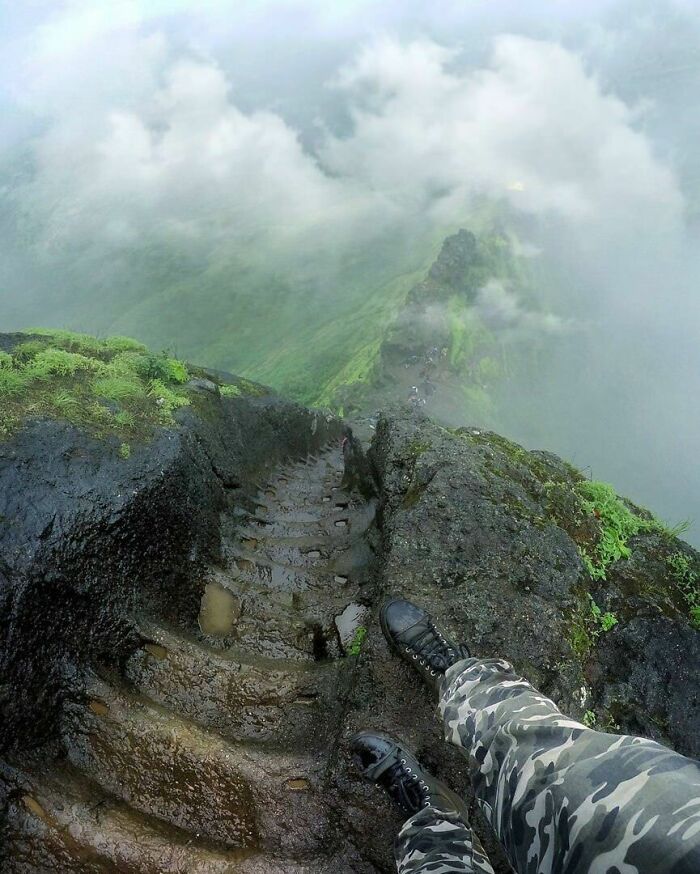
#4 Extreme Unicycling
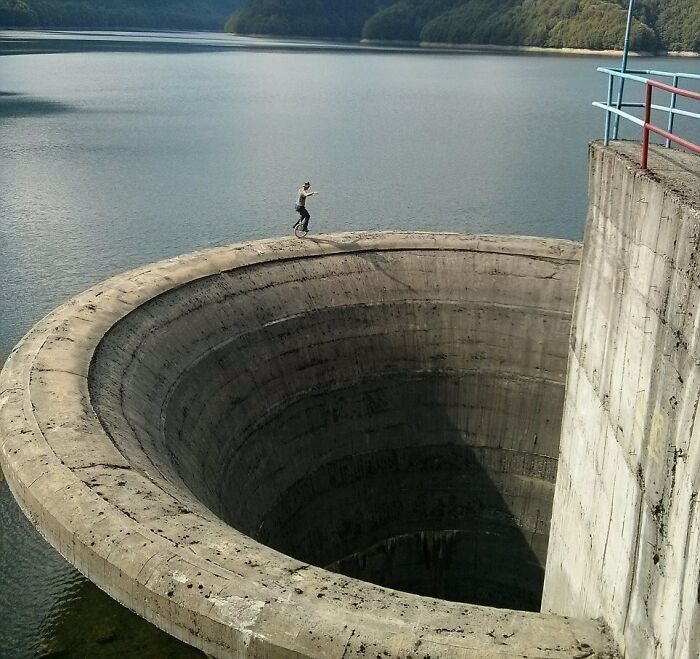
”If you’re wondering how come some people, especially repair workers, bridge painters, and skyscraper window cleaners, seem to have little if any fear of heights, Francis has an explanation. “As a general rule, any kind of fear reduces with repeated exposure. So the more time you spend at a high altitude without anything bad happening, the less it’s going to freak you out. In psychological terms, you desensitize to the feared stimulus (in this case, heights)—which means that you gradually begin to perceive it as something safe.”
Francis added that he wouldn’t be surprised if people who choose to work at high altitudes are the ones who score pretty low on acrophobia, to begin with.
#5 Learning To Fly….

#6 40 Story Spiral Staircase
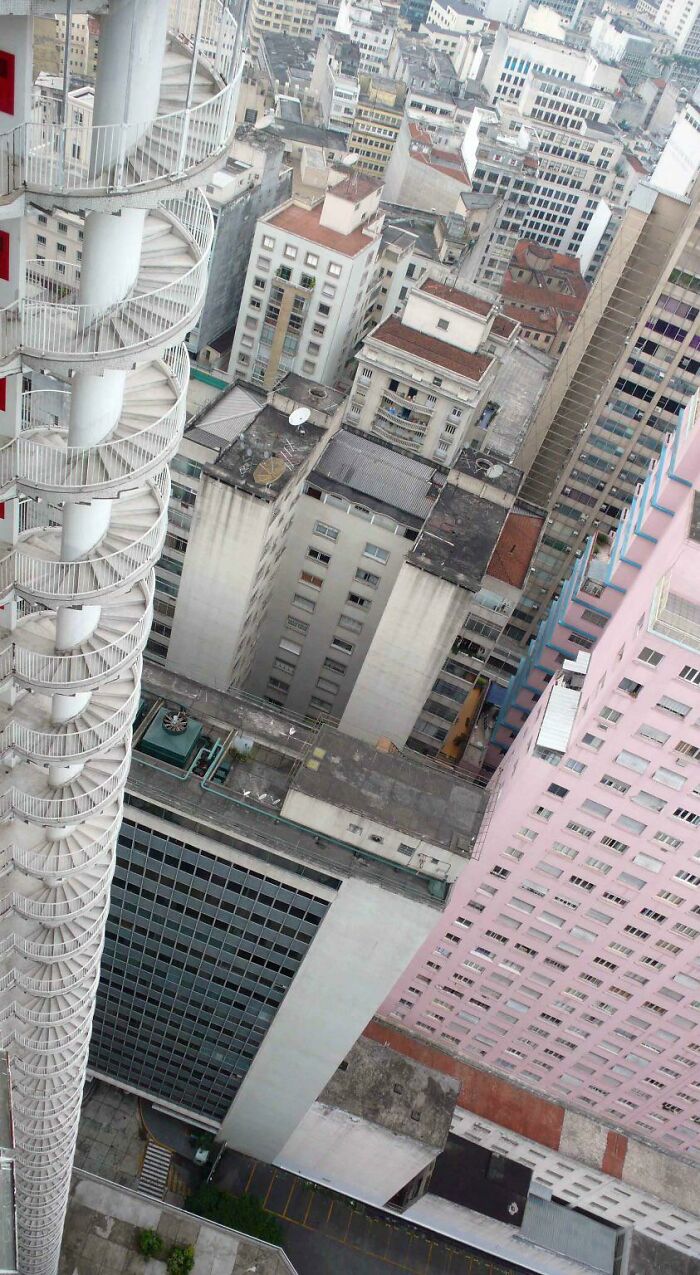
#7 One False Move… The Eiger Summit Ridge, Switzerland
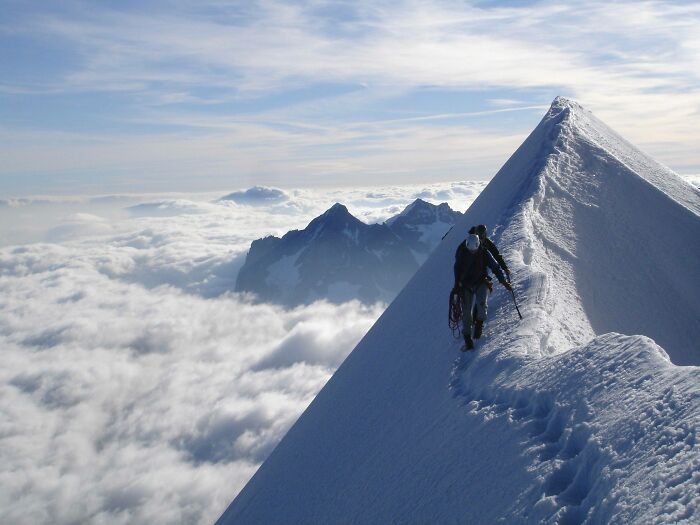
#8 Painters On The Then Tallest Building In The World, Woolworth Building, New York, 1926
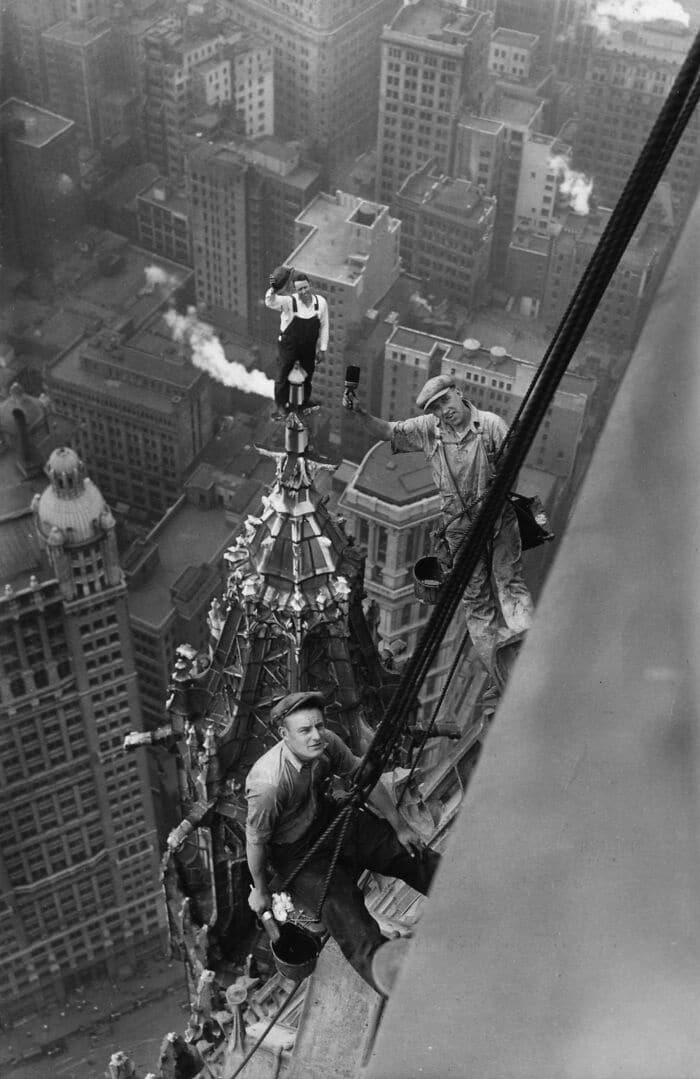
#9 Hell No

#10 Climbers Resting On Mountainside In Yosemite
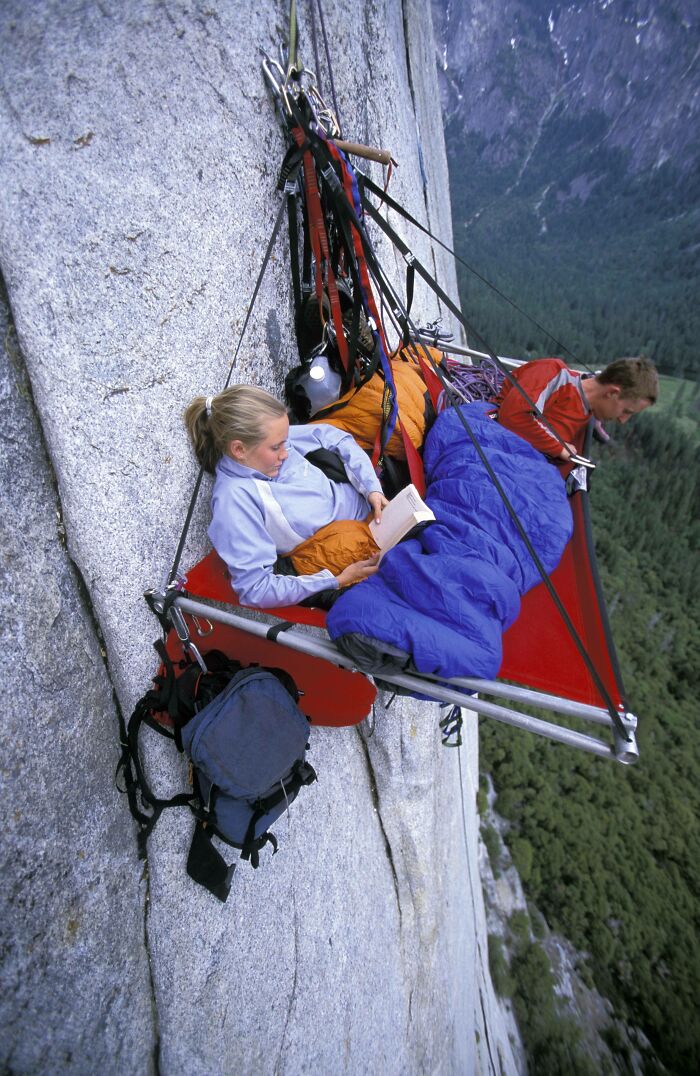
The clinical psychologist explained that specific phobias such as acrophobia generally respond well to treatment. “The gold-standard method is graduated exposure, which involves confronting your fear gradually, step-by-step. So you might start by looking down out of a one-story window, and when you feel comfortable at that level, moving to a second-story window, then the third-story, and so on,” Francis explained.
“The important thing is to make sure you feel relaxed and comfortable at each progressive stage. Patients find they’re soon able to feel OK at heights they never imagined they could handle!” he concluded.
#11 The View Of The Tacoma Narrows Bridge Collapse From Atop The Suspension Cabling, 1940

#12 Jumping Rope Over The City
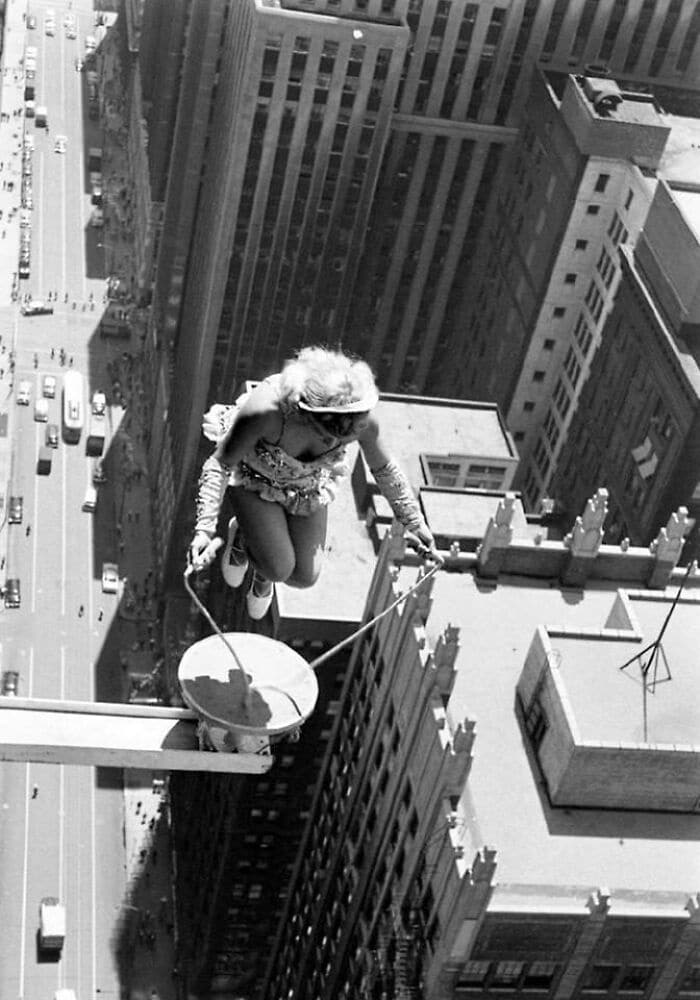
#13 Yukon Striker – Hell Yeah!

#14 Ukrainian Skywalkers – 116 Meters Up
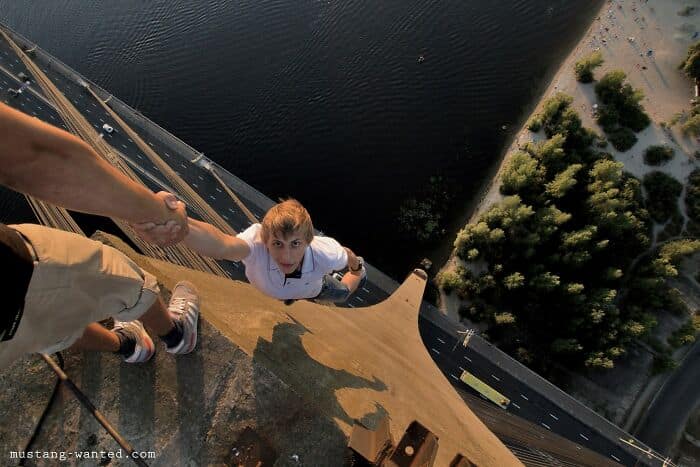
#15 Alain Robert Rock Climbing
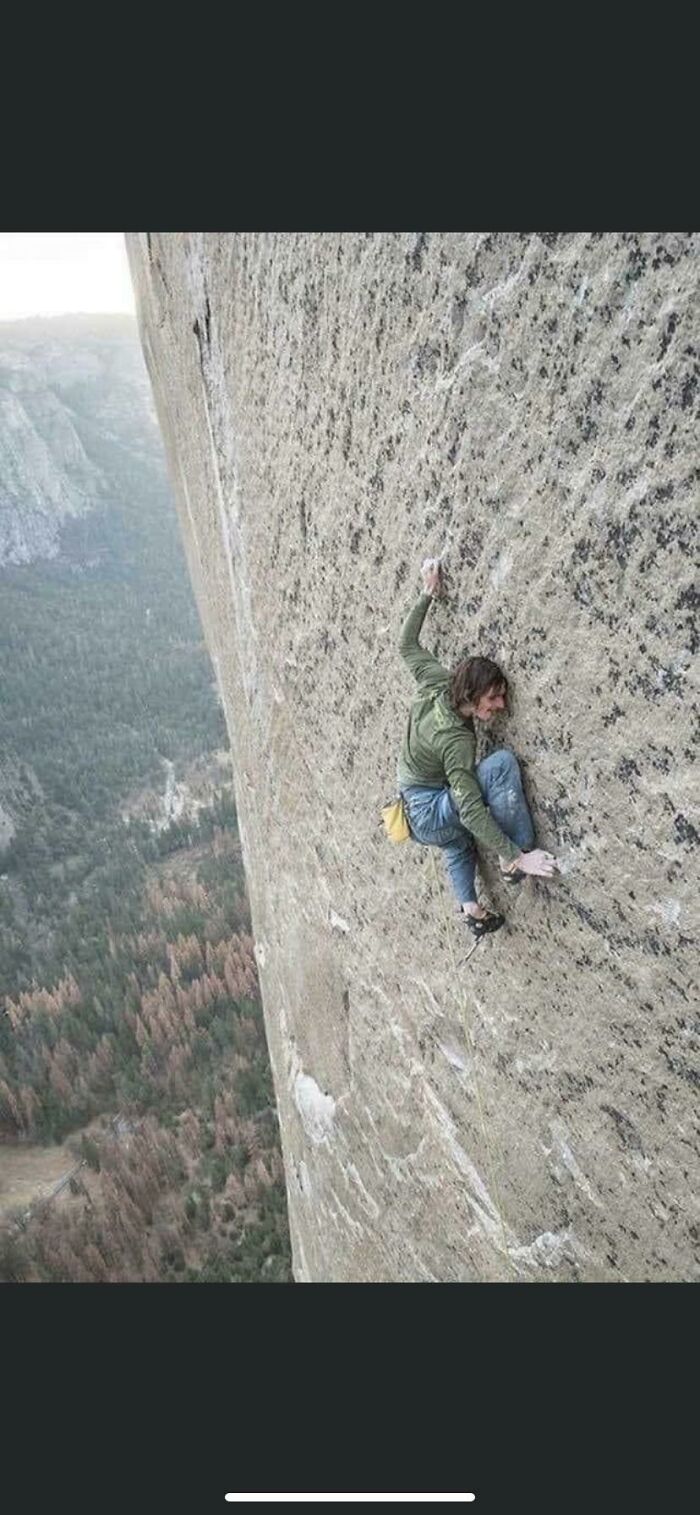
#16 I’ve Been Told By Employers That My Current Linkedin Photo Makes Them Nervous
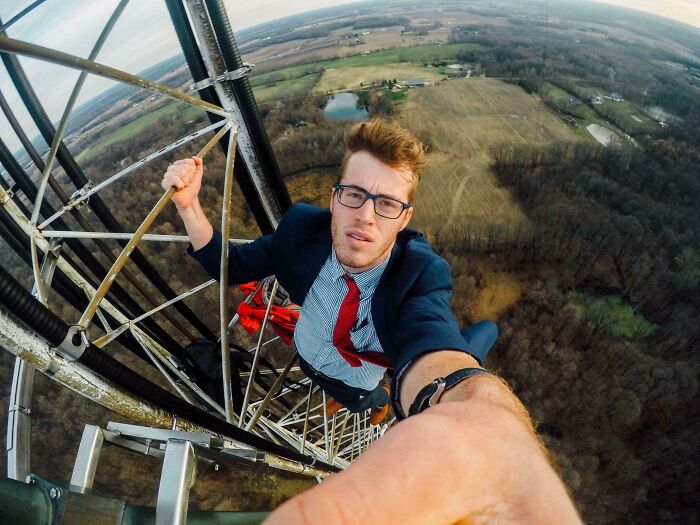
#17 The International Highline Meeting In Monte Piana, In The Northern Italian Alps By Balazs Mohai

#18 Mountain Overlook

#19 Highline Above Yosemite Valley
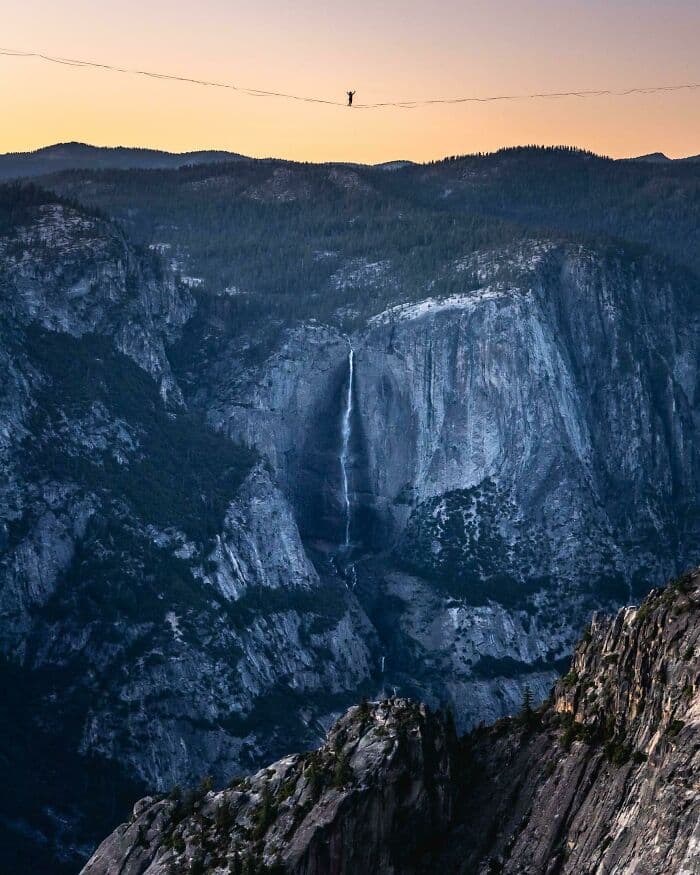
#20 When Your Realtor May Have Overstated The “Minimalist Balcony” Feature

#21 [oc] Bigwall Climbing & Extreme Aerials
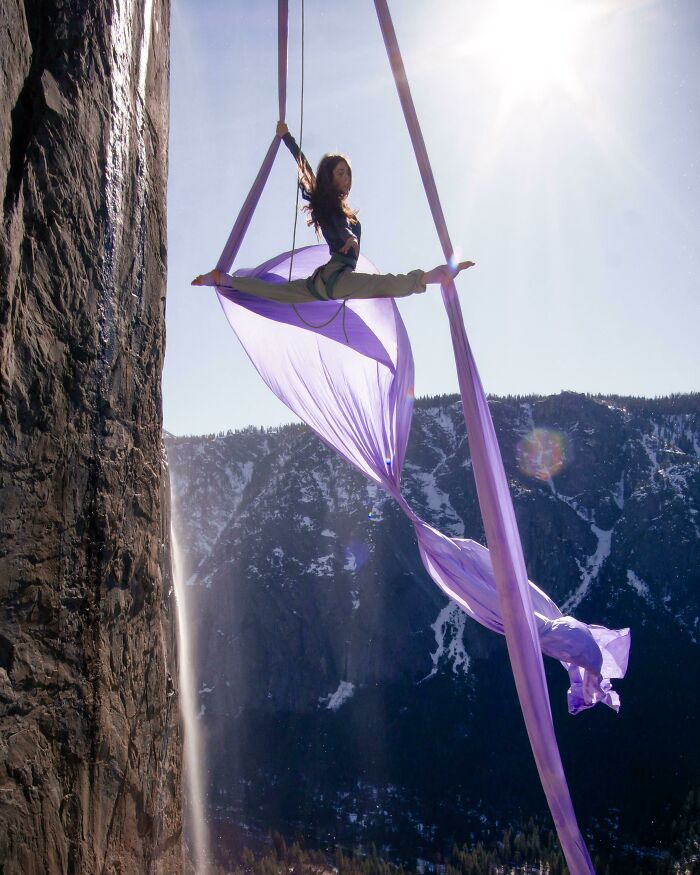
#22 Doing A Backflip At Trolltunga, Norway
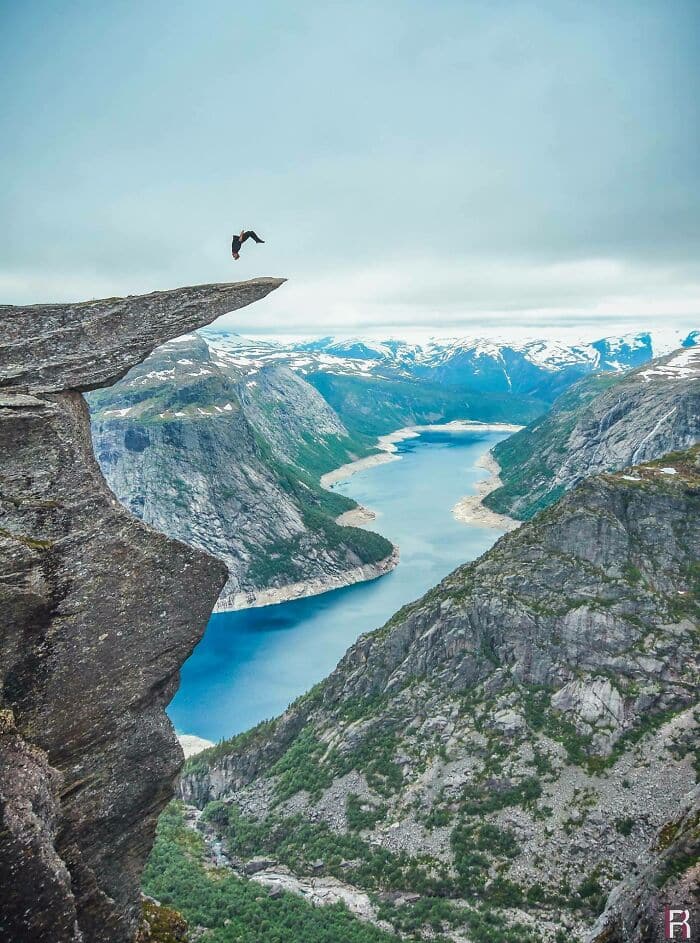
#23 Standing On The Edge Of The World – Mt. Huashan, China
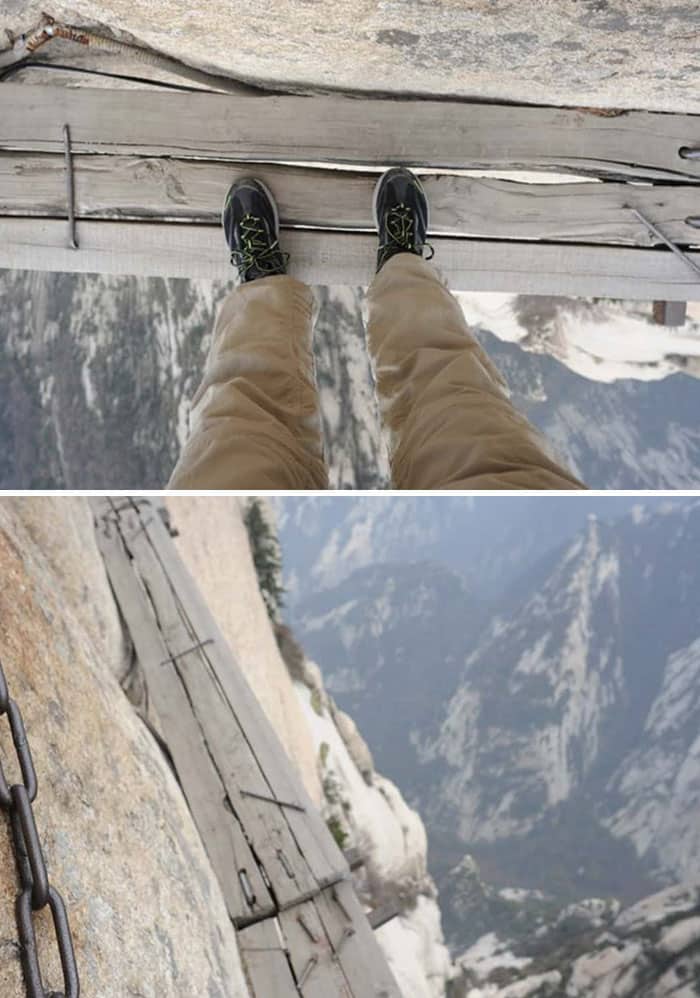
#24 Five Men On The Wilshire Grand Center Tower, Los Angeles
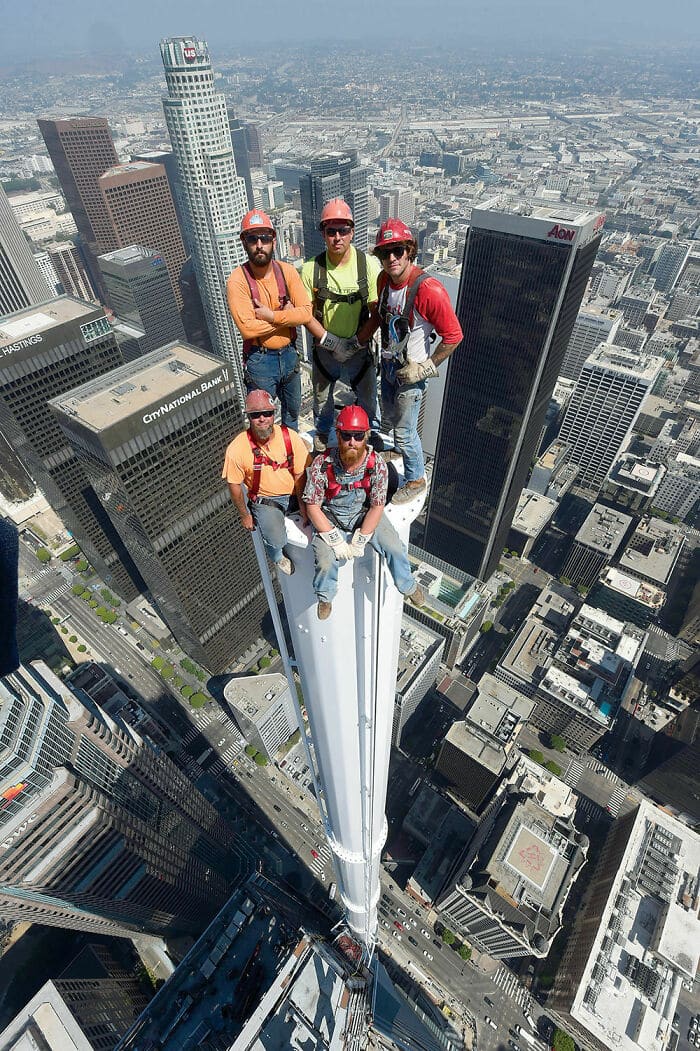
#25 Oh You Know, Just Holding Another Plane. In Mid-Air

#26 Getting Up On The Wrong Side Of The Bed Is Not An Option
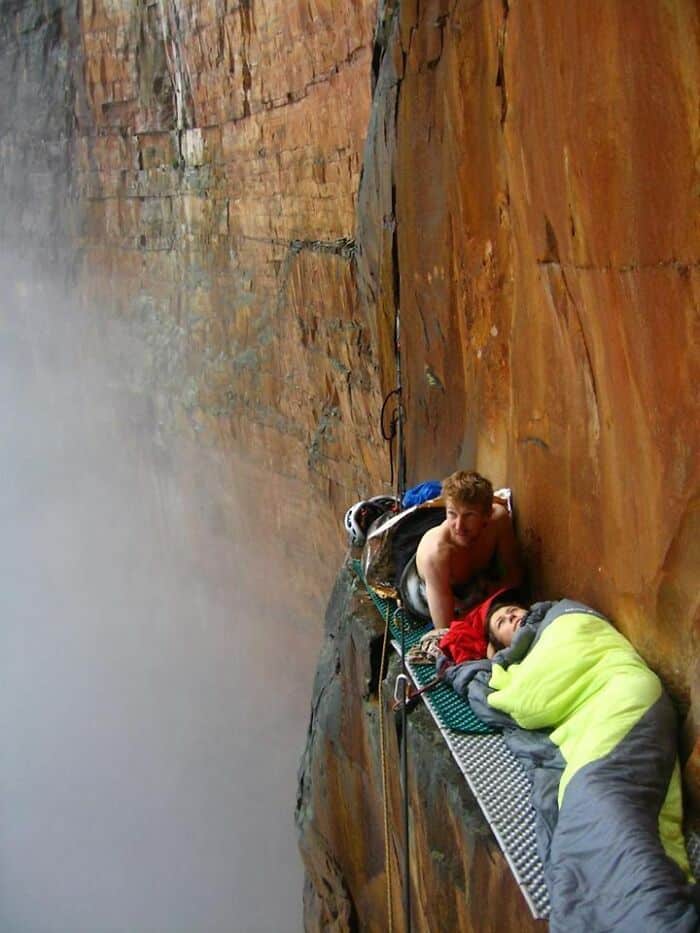
#27 Photographing My Friend In An Abandoned Theme Park
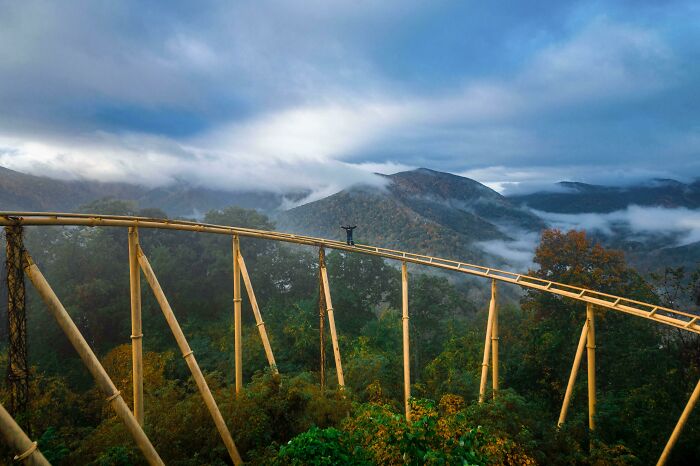
#28 Wolfgang Güllich Free Climbing In Yosemite

#29 Approaching An Iceberg In The Arctic – Sailing

#30 I Climbed The Oklahoma City Silos This Week
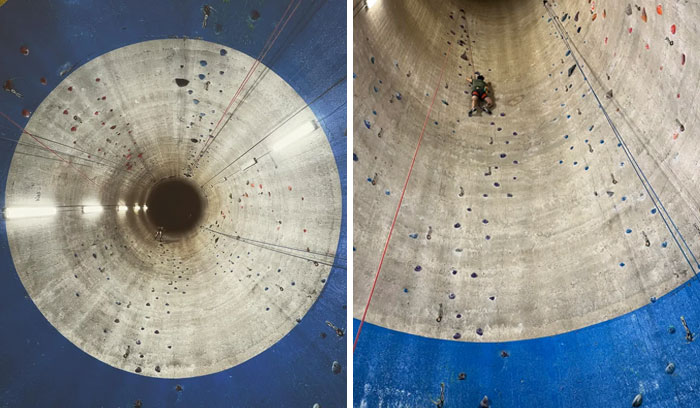
#31 Ledge Photo
 #32 Zhangjiajie Platform In China
#32 Zhangjiajie Platform In China
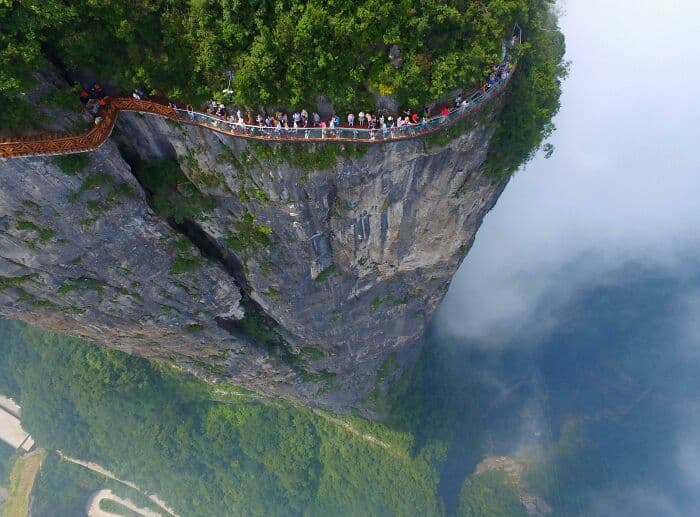
#33 The Ledge In Chicago
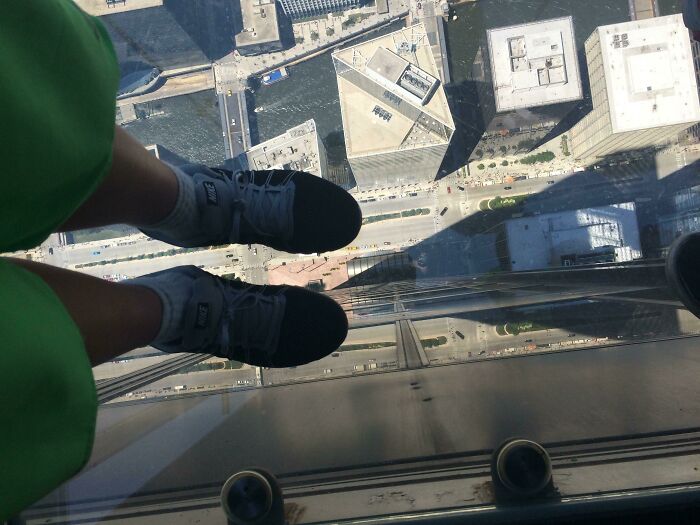
#34 /U/Intertim’s GF Doing A Handstand On The Side Of Mt Huashan, China
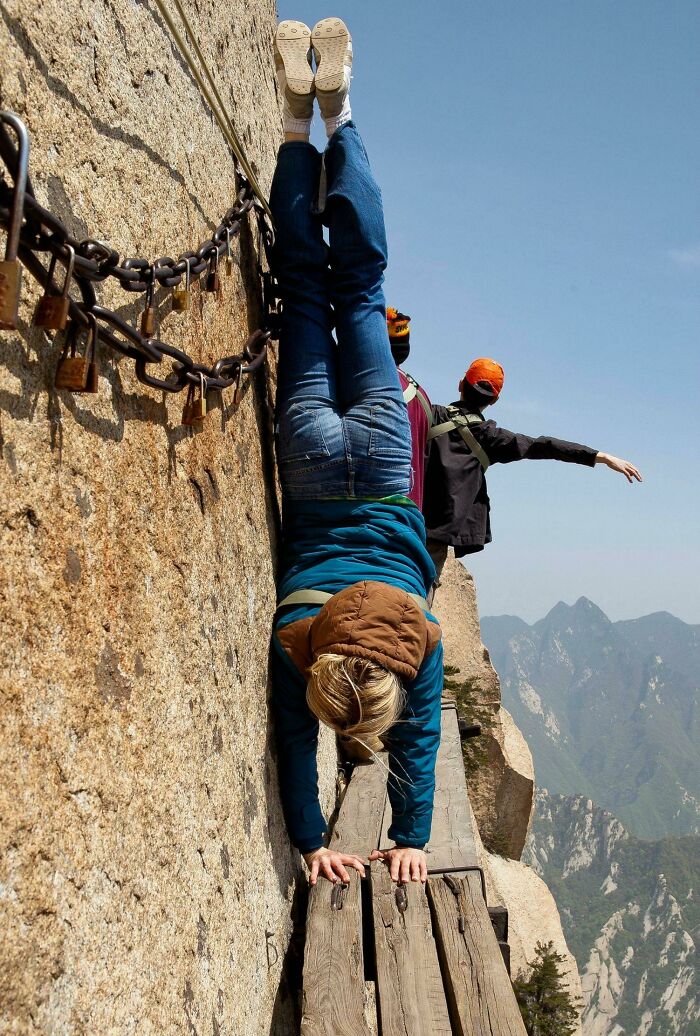
#35 Not The Highest Tower I’ve Climbed But Thought This Was A Cool Picture
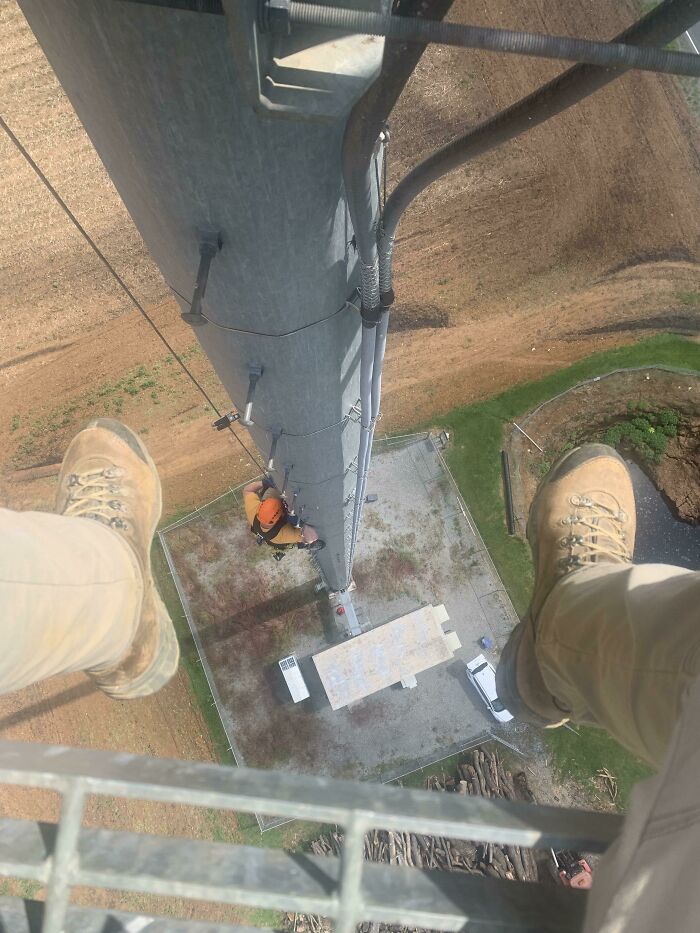


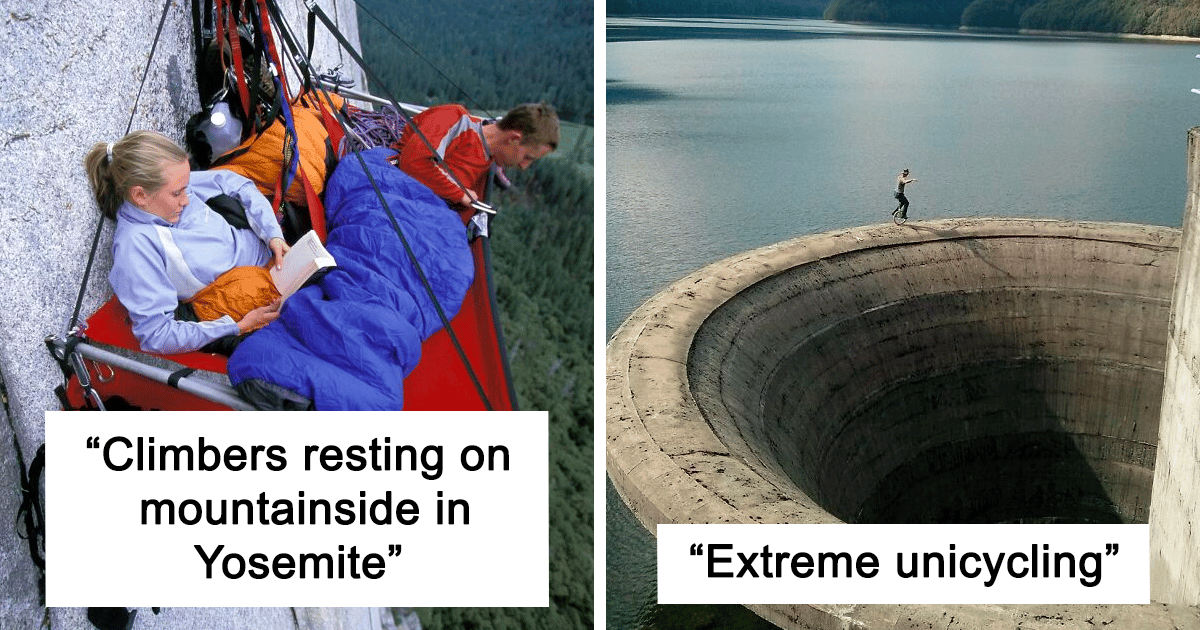
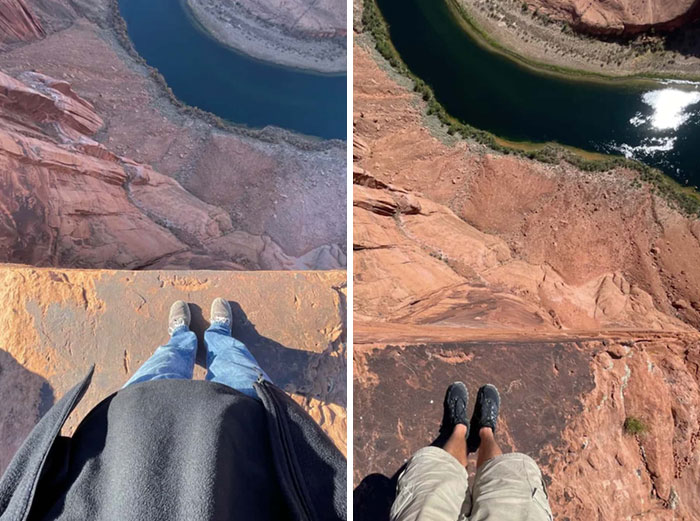 #32 Zhangjiajie Platform In China
#32 Zhangjiajie Platform In China





